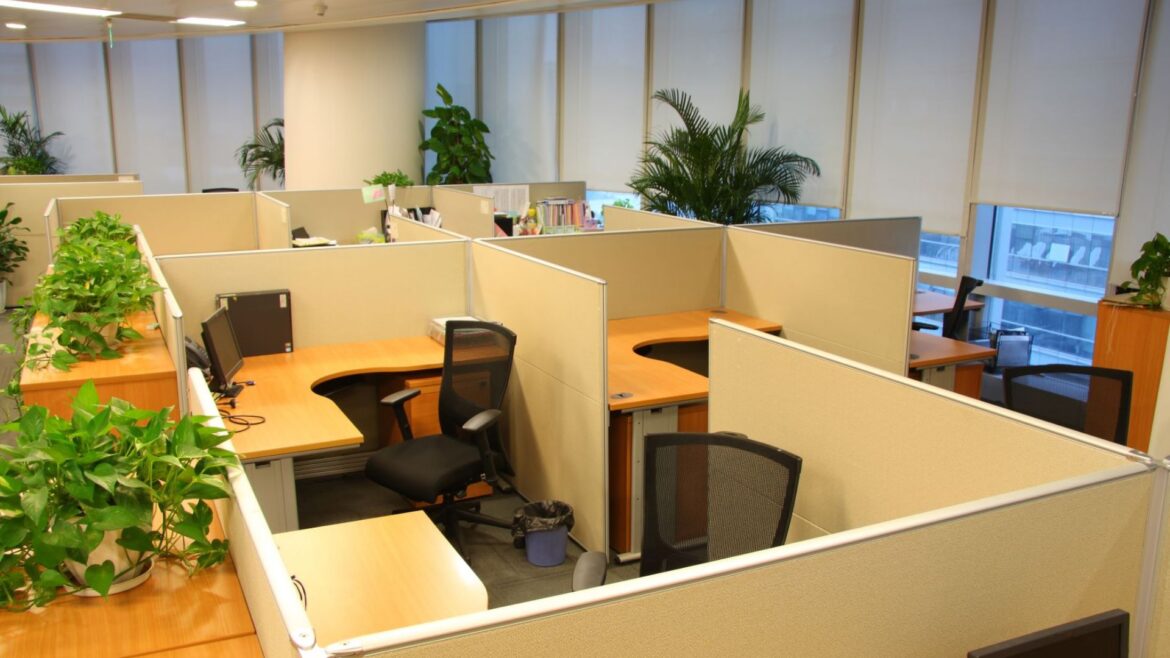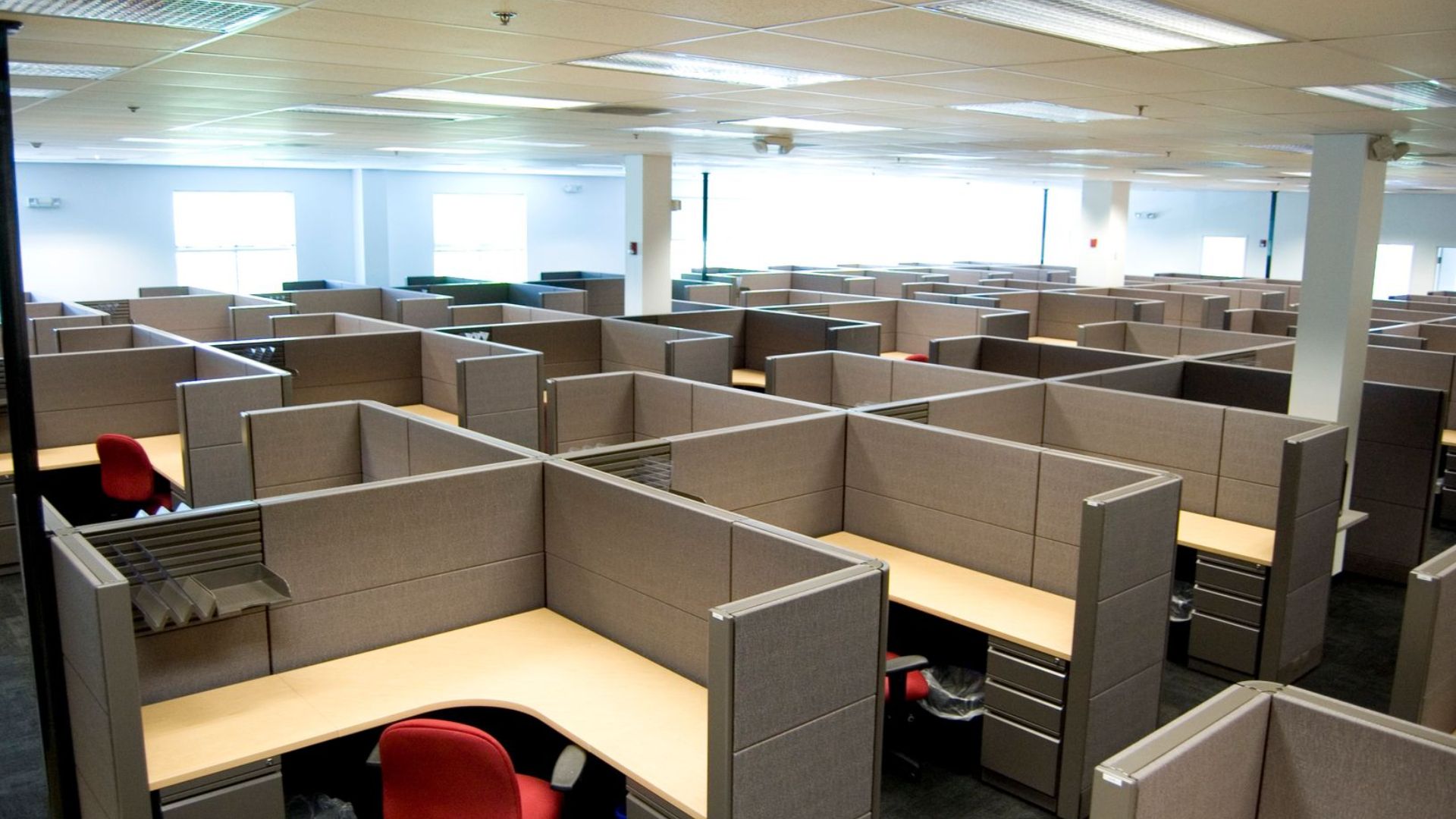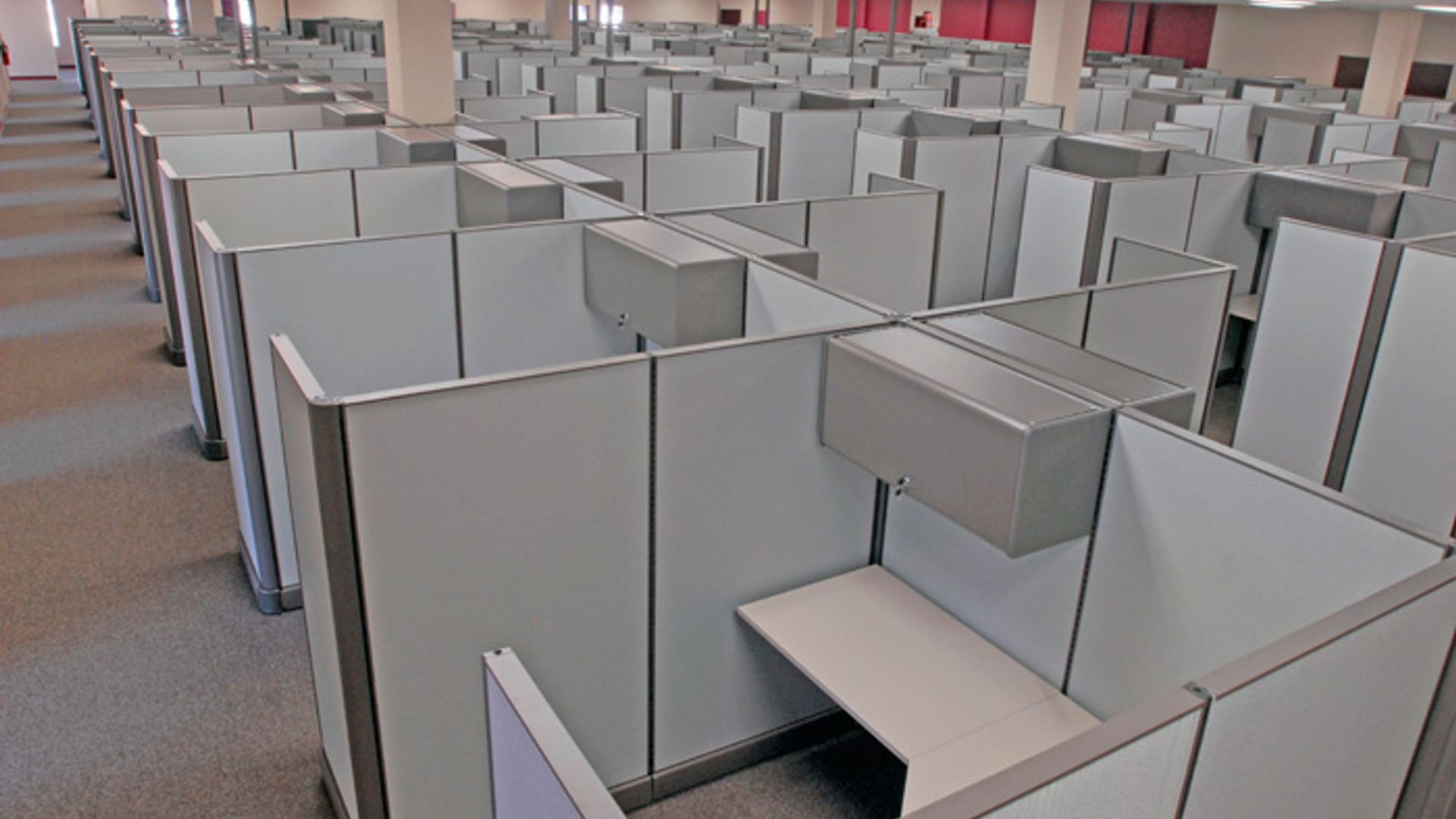
How Do Office Cubicles Impact Employee Productivity?
| July 13, 2024Introduction
Office design influences staff productivity and overall workplace satisfaction. Among the various office layouts, cubicles have been a prevalent choice for decades. Understanding how cubicles impact employee productivity is essential for organizations aiming to create an optimal work environment. This blog explores the benefits and drawbacks of Office Cubicles Dubai, including how they affect employee performance, collaboration, and well-being.
Privacy and Focus
One of the primary benefits of office cubicles is the privacy they provide. Unlike open-plan offices, cubicles offer a semi-private space where employees can concentrate on their tasks without constant visual and auditory distractions. This sense of personal space can significantly enhance an individual’s ability to focus, leading to increased productivity. Employees in cubicles can organize their workspace to suit their needs, which can further boost efficiency and comfort.
However, the level of seclusion in cubicles varies. Low-walled cubicles might not offer sufficient sound insulation, leading to potential disruptions from surrounding noise. High-walled cubicles, on the other hand, can provide better noise control but might also contribute to a feeling of isolation. Striking the right balance in cubicle design is crucial for maximizing productivity.
Collaboration and Communication
While cubicles offer privacy, they can also pose challenges to collaboration and communication. In a cubicle setup, employees might find it more difficult to engage in spontaneous interactions with colleagues, which are often essential for problem-solving and innovation. Physical obstacles can stifle the exchange of ideas and impair teamwork.
To mitigate this issue, some offices implement a hybrid design that combines cubicles with open spaces and communal areas. This approach allows employees to have the best of both worlds: a private space for focused work and designated areas for collaborative activities. Encouraging a culture of open communication and regular team meetings can also help bridge the gap created by cubicle walls.
Customization and Personalization
Cubicles allow employees to personalize their workspace. This can boost morale and productivity. When employees have control over their environment, they can adjust it to meet their comfort and efficiency needs. Personal touches, such as family photos, plants, or ergonomic furniture, can enhance the workspace’s ambiance and productivity.
Customization also includes the positioning of workplace equipment and supplies. A well-organized cubicle can improve workflow and reduce time spent looking for resources. This level of control over one’s workspace can lead to a greater sense of ownership and responsibility, further motivating employees to perform at their best.
Health and Ergonomics
The physical design of cubicles promotes staff health and well-being. Ergonomically designed cubicles that include adjustable chairs, desks, and proper lighting can prevent discomfort and reduce the risk of work-related injuries. Ensuring that cubicles are spacious enough to allow for comfortable movement is also important.
Poorly designed cubicles, on the other hand, can lead to issues such as poor posture, eye strain, and repetitive stress injuries. Organizations should invest in ergonomic furniture and regularly assess the physical condition of cubicles to maintain a healthy work environment. Employee wellness programs that include tips on maintaining good posture and taking regular breaks can complement the ergonomic design of cubicles.
Psychological Impact
The psychological impact of working in cubicles cannot be overlooked. While some employees thrive in a structured environment, others might feel confined or isolated. The repetitive and uniform nature of cubicles can sometimes lead to a sense of monotony, which can negatively affect motivation and creativity.
To counteract this, companies can introduce elements that break the monotony. Color, art, and natural elements can be included into cubicle design to enhance the workspace. Providing opportunities for social interaction and team-building activities can also help mitigate feelings of isolation and foster a sense of community.
Conclusion
Cubicles for office have a significant impact on employee productivity, offering both advantages and challenges. The privacy and focus they provide can enhance individual performance, while the potential barriers to communication and collaboration need to be addressed thoughtfully. Customization, ergonomic design, and consideration of psychological factors are key to creating a cubicle environment that supports productivity and well-being. By balancing these elements, organizations can optimize their office layout to benefit both employees and the overall success of the business.




